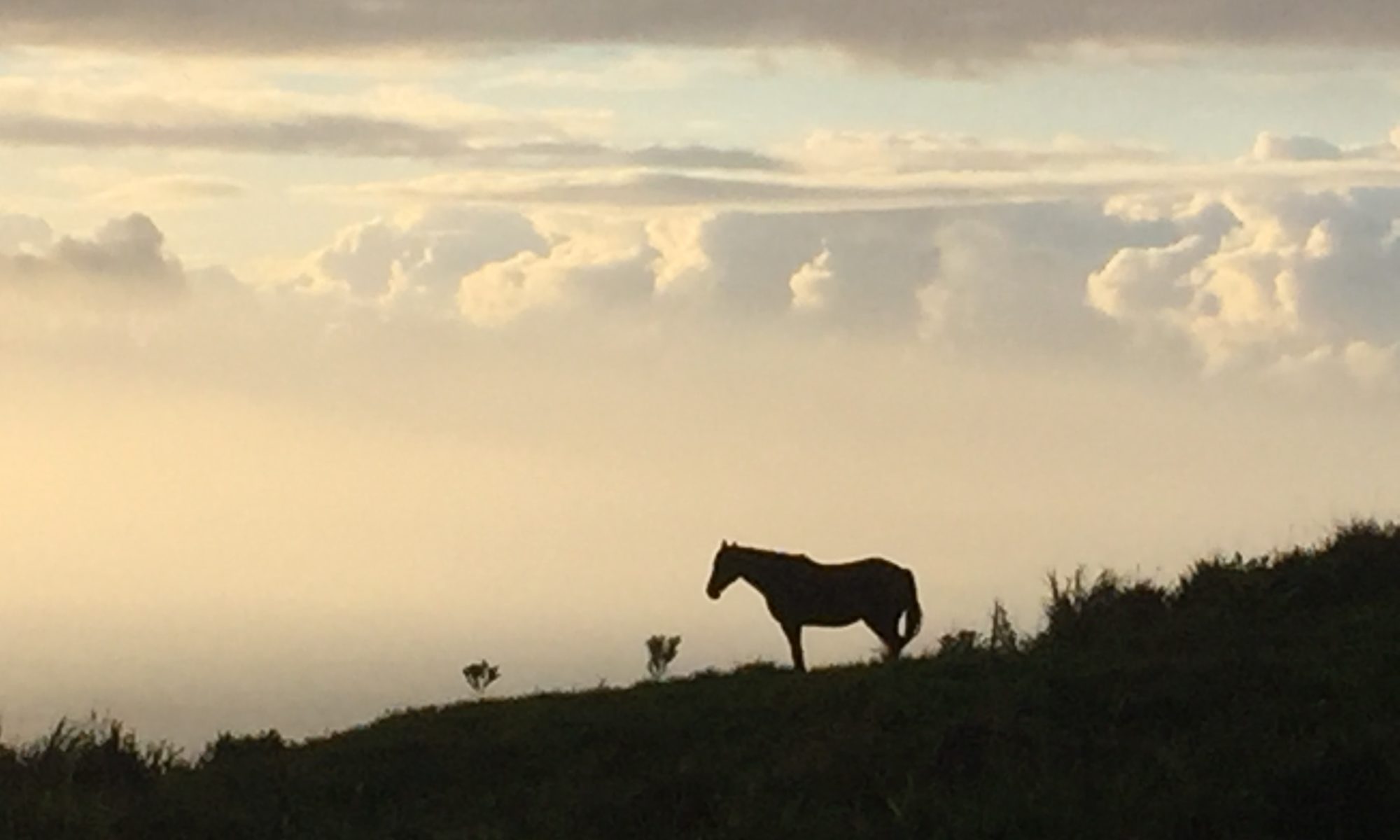I’ve been investigating the connection, if it’s there, between the substrate of human emotions and the ways we respond to climate change, and trying to do so from an orthodox scientific perspective.
There’s plenty of peer-reviewed work out there framing climate change in terms of people’s values, attitudes and behaviours. It’s generally presented for the purpose of encouraging better methods for communicating how urgent the threat of climate change has become and/or better measures for mitigating and adapting to that threat. But I’m looking for something about people that I believe springs from deep within, deeper than values, attitudes and behaviours. There’s also a decent body of literature on our psychological and emotional responses to climate change, but it lacks the grounding in hard science, hard enough to chip your teeth on, that I need for a credible academic study. It seems that ’emotions’ are slippery terrain, easy(ish) to describe in commonplace terms, but difficult to pin down in the form of findings that can be systematically and falsifiably tested.
So I found my way to the work of the late neuroscientist Jaak Panksepp (I’m sad to say he died last year), who meets my criteria for a rigorous but not entirely dispassionate master of the field. And it’s drawn me off on a bit of a tangent. Here’s what I learned:
Feelings such as grief, rage, playful joy, loving care and several others live deep within the mind, and can be observed – via brain-imaging – in the deepest, oldest parts of the human brain. They can also be artificially aroused using ‘deep brain stimulation’. Panksepp dedicated his research to compiling evidence for the existence this handful of core emotional systems, which appear to be the source for the many complex social feelings that people generally experience and talk about as ’emotions’. His studies indicate that the fundamental, underlying packages of emotional feelings are not only innate to us, from birth, but that we also share them with our mammal cousins, and to varying degrees with other creatures too. Which is to say they are experienced, in the minds of creatures great and small, as bona fide ‘feelings’.
That won’t come as news to anyone with an empathetic interest in living creatures. Or to children, or I gather to members of most indigenous societies in the world. The kinds of people for whom the personhood of animals has never been in doubt. And for Panksepp it’s just an unsentimental fact, supported by a preponderance of neuroscientific evidence. Our fellow creatures have feelings too – and by extension they experience consciousness in ways not so very different from ourselves.
But by a quirk of neuro-biological science, conclusions (no matter how rigorously arrived at) which undermine (no matter how unintentionally) the conceit of human exceptionalism, are considered unsophisticated and therefore can be quietly marginalised and disregarded. As if that whole business with Darwin and the monkeys didn’t teach us much at all. Consciousness and the capacity for feelings make us unique among all life-forms, so the story goes. So Panksepp’s work, while not exactly heretical, isn’t yet mainstream.
Maybe it would just be too inconvenient for a science which has been in thrall to behaviourism for the best part of a century, to let go of the notion of non-human creatures as, in effect, mindless automata – experimental subjects (no consent needed!) and living demonstrations of the efficacy of the “reward and punishment” approach to behavioural control. There’s also the conundrum of trying to explore the pre-linguistic depths of the mind using science, a language-based system of reason. Science seems intrinsically happier grappling with the topic of cognition, a language-based function of the human brain, rather than dealing with deep emotion, which is an evolutionary feature of potentially all animal minds (despite the workings of deep emotion being in some sense more rudimentary and easier to evidence than the freakish complexities of cortical-level cognitive consciousness). In fact, the dominant discourse in neuroscience would still deny that word ‘mind’ – associated with subjective consciousness – to any vessel of non-cognitively experienced feelings.
I’m certain, however, that the rest of the field will, in time, catch up with Panskepp on this. And I’m hopeful that there are links to be explored between the deep emotional substrate of human life and the story of climate change.
To sign off I’d like to share this extract from the coda to Panksepp and Biven’s The Archaeology of Mind: neuroevolutionary origins of human emotions:
Animals…are sentient beings, and their affective capacities [ie ability to experience subjective feelings] arise from the same type of neural soil as we have. Humans may be abundantly more “rational,” and more “reflective” about their states of mind, but mammals all experience emotions affectively. And as the clinical studies of Merker (2007) and Shewmon et al. (1999) have revealed, those feelings arise from very deep regions of both human and animal brains. Obviously, we humans can dwell on the existential aspects of our lives more deeply than other species. After all, we can speak and think symbolically. But this does not give us privileged access to raw affective experiences. What a terribly empty and lonely world it would be if we humans were the only conscious creatures within the inextricably interwoven fabric of life. What a wonderful relief it is when we realize that there are bubbles of consciousness wherever our fellow animals roam the earth.
We are not alone. How wonderful indeed!



